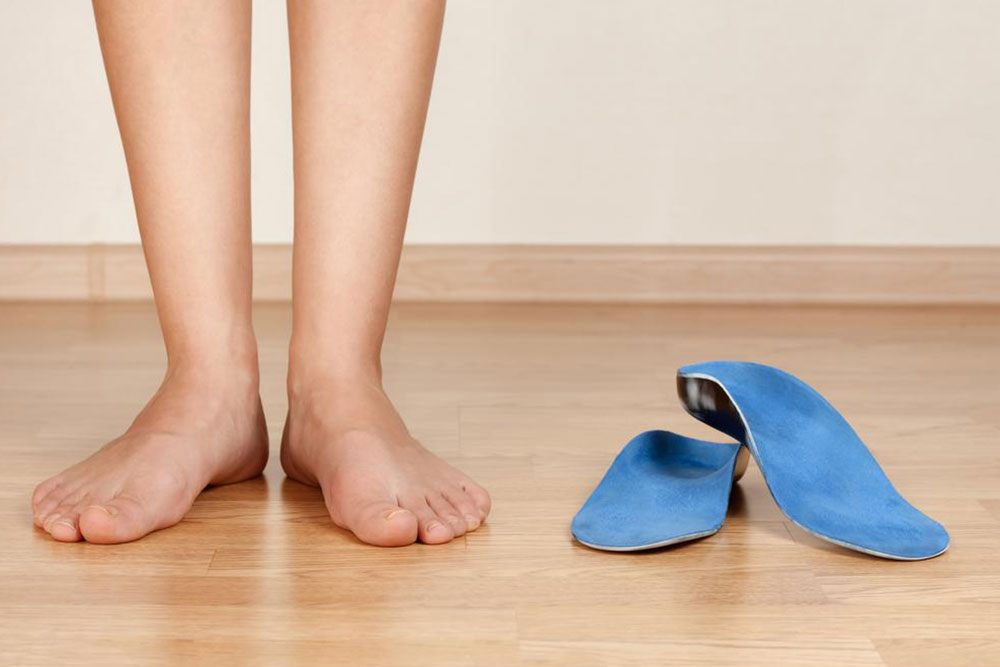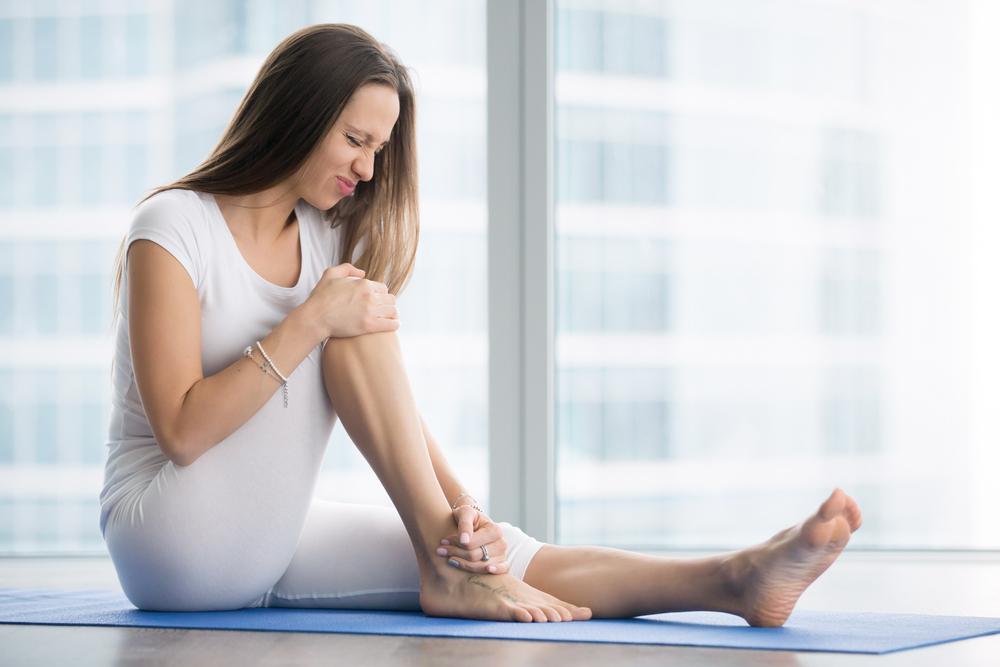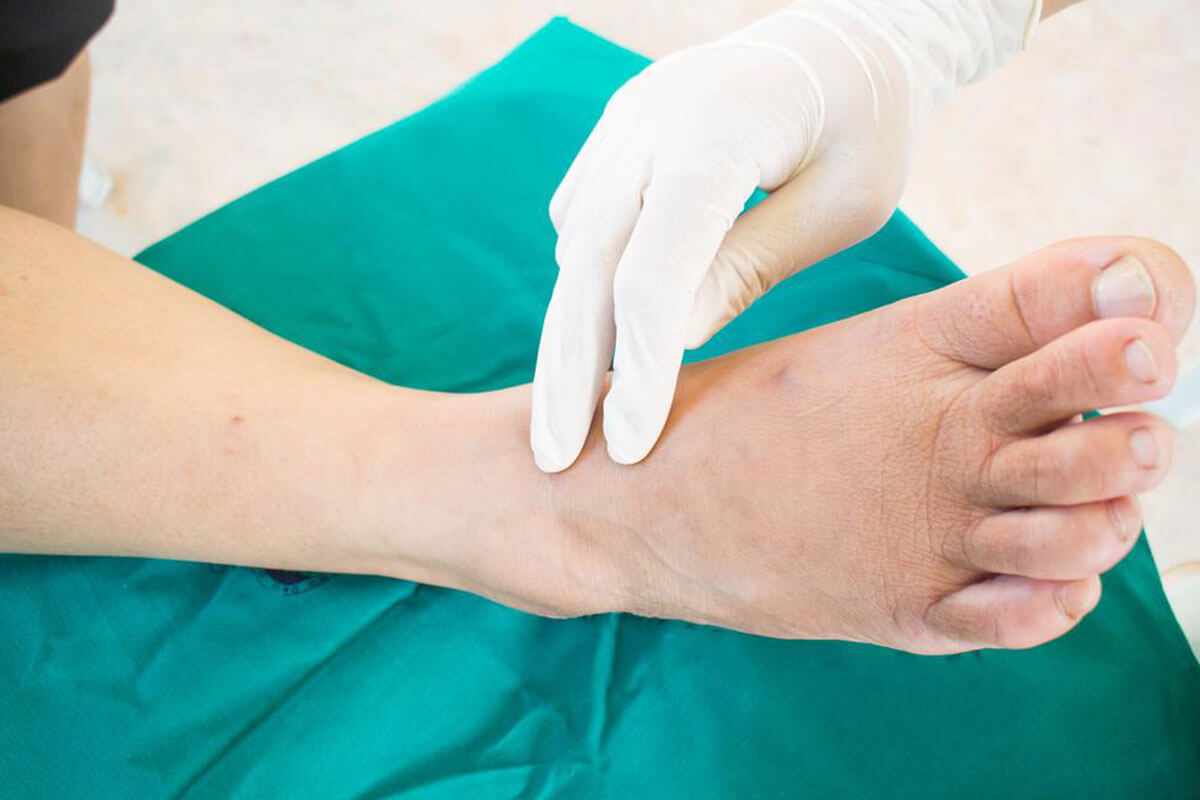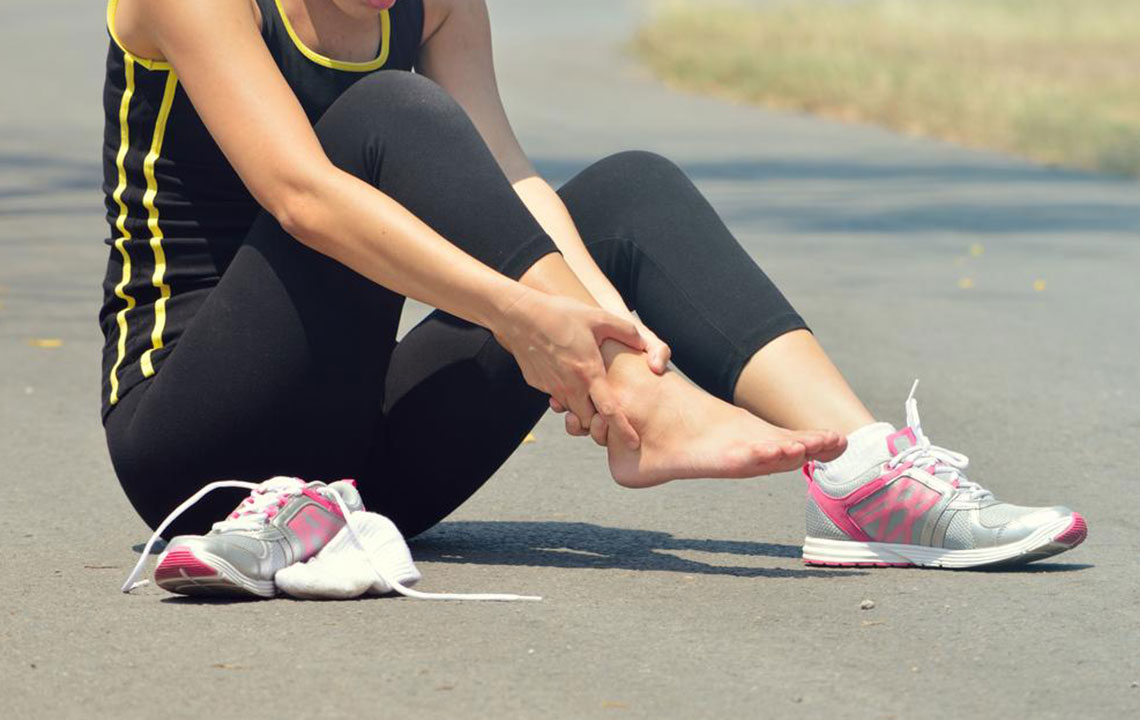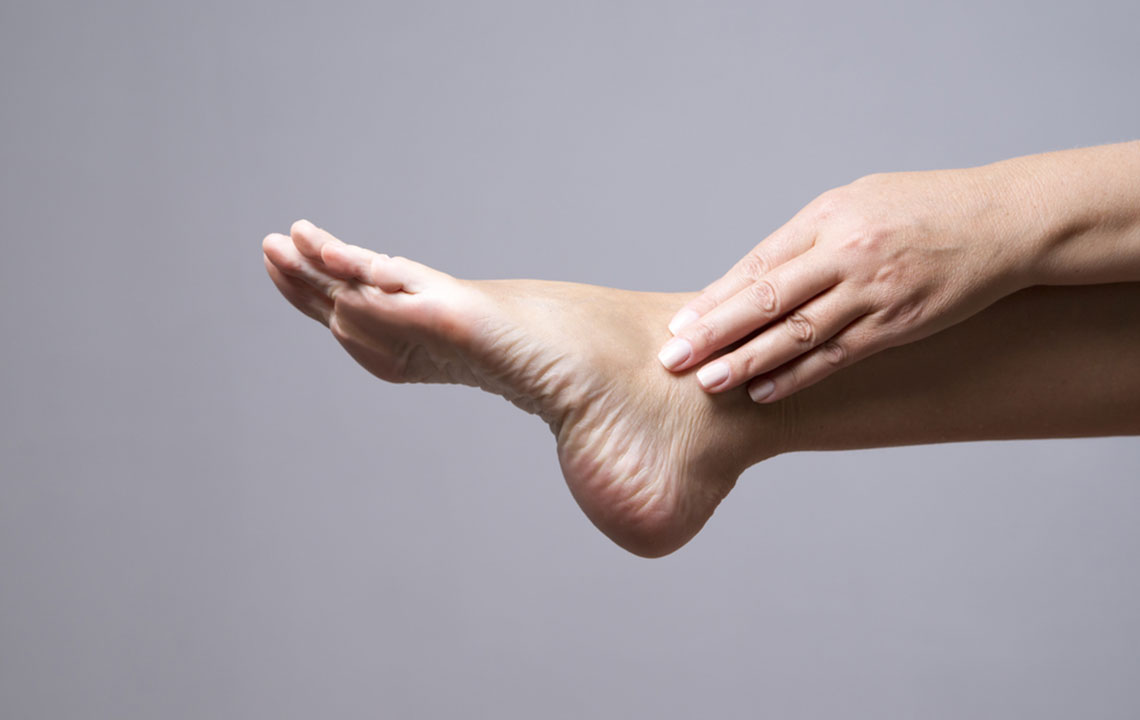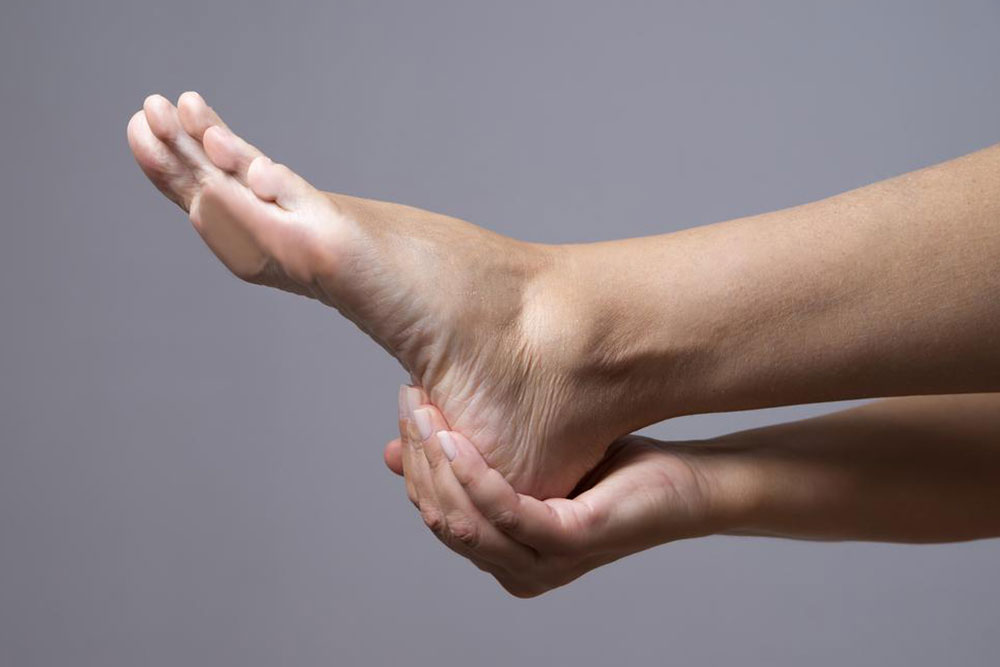Comprehensive Guide to Bunion Correction and Care
Learn about bunion causes, symptoms, and comprehensive treatment options including surgery and supportive therapies. Discover effective post-surgical care and lifestyle tips to manage this common foot deformity and improve mobility and comfort.
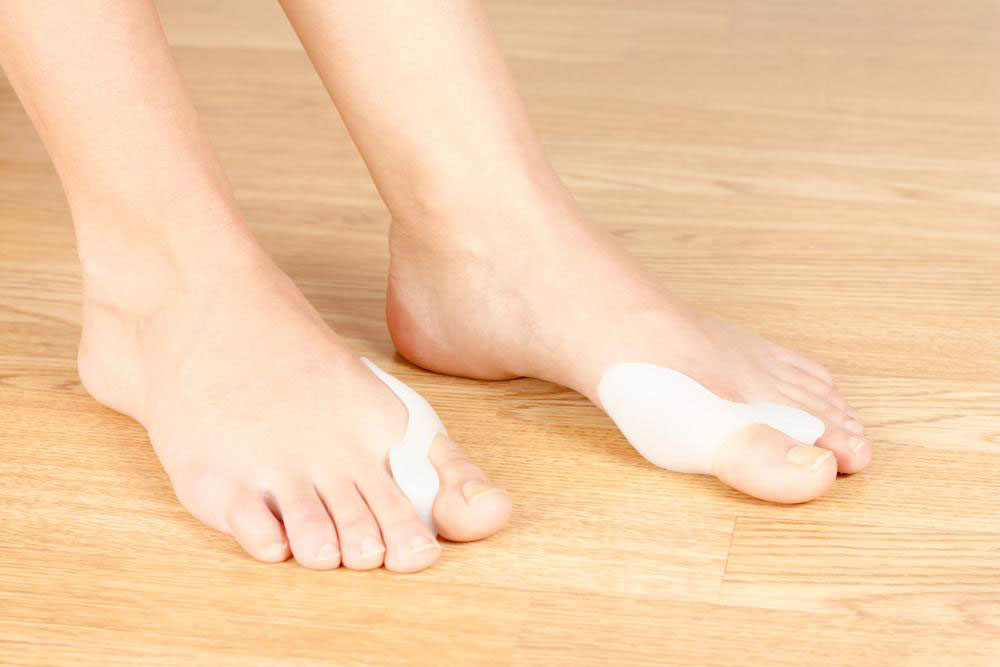
Understanding Bunion Management and Treatment Options
A bunion, or hallux valgus, appears as a bump at the base of the big toe, causing the toe to drift towards smaller toes. This deformity leads to inflammation, pain during walking, and joint swelling. Factors like genetics, narrow footwear, and rheumatoid arthritis can contribute. While complete elimination may require surgery, various treatments can mitigate pain and slow progression, improving foot function and comfort.
Treatment Approaches
Surgical interventions mainly focus on realigning the big toe and its joint, repairing soft tissues to correct deformity and alleviate discomfort. The type of surgery varies based on severity.
Ligament and Tendon Correction
Tight or loose tendons and ligaments pulling the toe sideways can be corrected surgically by loosening tight tissues or shortening elongated ones, restoring proper positioning.
Bone Osteotomy
In osteotomy, parts of the bone are removed and stabilized with pins or screws. Bone wedges may be excised to straighten the toe, often combined with soft tissue repair to reduce inflammation.
Arthrodesis
Typically for arthritic cases with prior surgeries, this procedure involves removing damaged joint surfaces and fixing the bones with metal hardware to promote healing.
Exostectomy
This minimally invasive technique removes only the bony bump, often combined with soft tissue repair for comprehensive correction.
Resection Arthroplasty
Part of the bone is removed, creating a gap to realign the joint, sometimes resulting in a shorter toe and reduced push-off strength. Usually reserved for severe cases in elderly patients with joint degeneration or failed previous surgeries.
Post-Operation Care
Proper aftercare is critical to ensure proper healing. Dressings help prevent infections, and medications should be taken as prescribed. Weight-bearing is restricted, and braces or casts often immobilize the foot. Following removal, physical therapy can restore mobility. Selecting suitable footwear avoids pressure on the area, though returning to regular shoes may take time.
Non-Surgical Support
Orthotic devices like bunion pads, splints, and regulators can support the toe and slow deformity progression. These are supportive measures but not permanent solutions. Many prefer non-invasive options initially.
Home Remedies and Lifestyle Tips
While not scientifically proven, remedies such as ice packs, warm chamomile tea compresses, turmeric applications, Epsom salt soaks, and gentle foot exercises may help ease symptoms. Regular massage and proper foot care contribute to pain relief. Nonetheless, professional medical advice is essential, as home treatments cannot reverse the deformity once it progresses.
Bunions are more prevalent among women and often have genetic roots. Preventive care includes choosing shoes that do not exert pressure on the big toe joint to maintain foot health.

